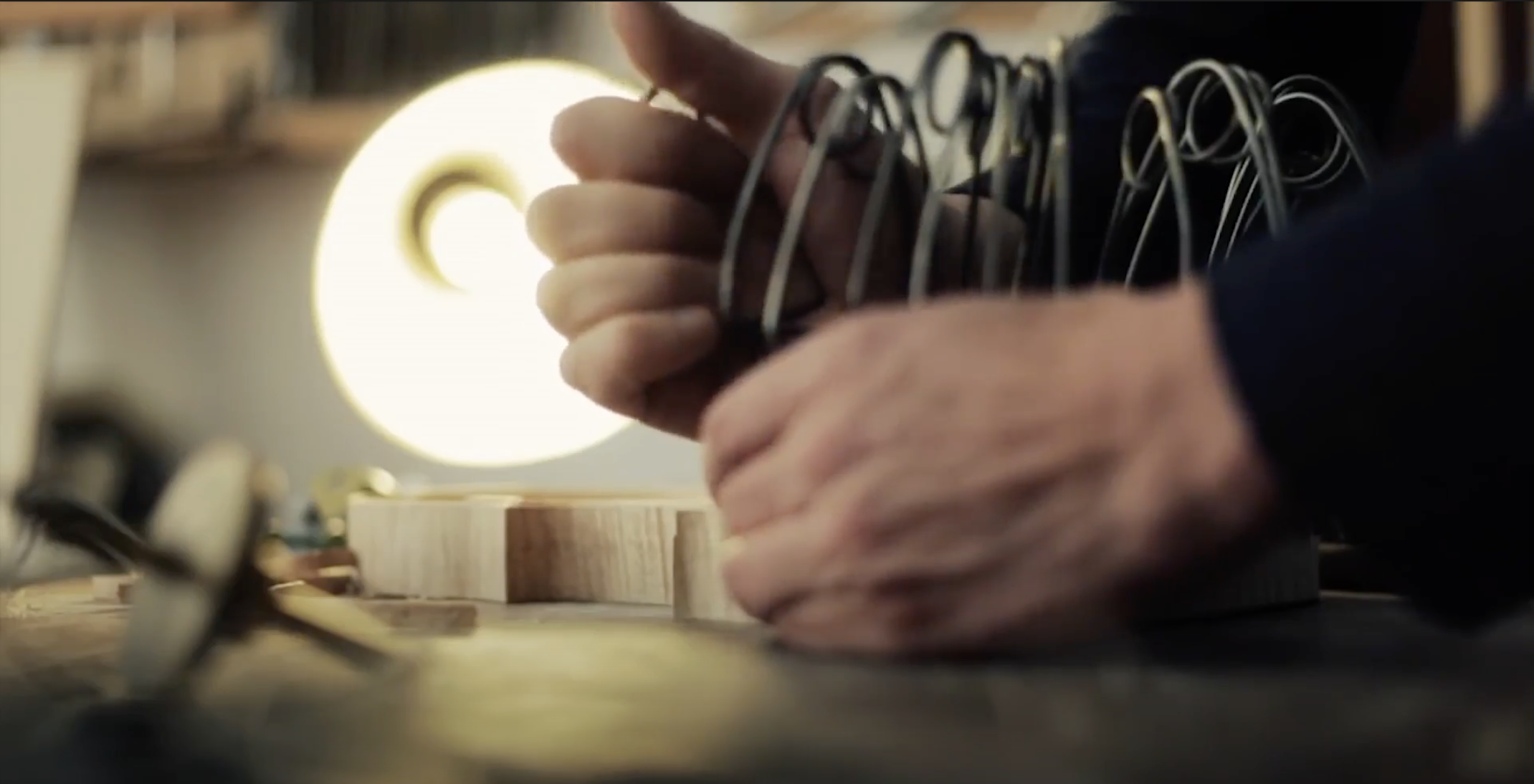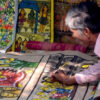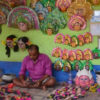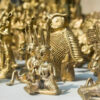Summary
Cremona is a special place of ingenuity and music. The city is rich in history and ancient traditions, retaining characteristics of Roman and Medieval influences. Since the sixteenth century, Art and culture have stimulated the city’s economic development. Influences of famous musicians, singers, composers or luthier like Torriani, Stradivari and Monteverdi have left their mark on Cremona. And today, Cremona is known worldwide for its traditional violin craftsmanship. In connection to this, the ICH element of Traditional violin craftsmanship in Cremona (Italy) was inscribed on the Representative List of the Intangible Cultural Heritage of Humanity in 2012.
The town is now a vibrant cultural destination for amateur and professional musicians, buyers, and everyone involved in the manufacture and trade of top-range musical instruments, as well as numerous tourists visiting the city and its musical heritage, which can be attributed to the many community-led development strategies and policies and ICH safeguarding tools.
The point of departure
The city of Cremona was one of the most affected regions by Covid-19 during the first wave of the pandemic. It impoverished the citizens and had a direct impact on Traditional violin craftsmanship. Due to containment measures, violin-makers were not allowed to use their workshops, thereby impairing the continuity and transmission of their craft. The pandemic further worsened the pre-existing safeguarding challenges.
What worked?
The community protects its ICH through two levels of protection: The first tool is the Inscription in the UNESCO Representative List of the Intangible Cultural Heritage of Humanity, together with a safeguarding plan currently being developed by the community with the support of the Office for UNESCO of the municipality of Cremona. The second tool is a collective trademark, “Cremona Liuteria”, which is currently inscribed in the territory of Italy and 34 other countries worldwide.
In the aftermath of Covid-19, the community urged local authorities to identify the best strategies to safeguard traditional violin-making. As a result, the city developed a series of capacity-building activities in close cooperation with the governance body, the office for UNESCO of the municipality of Cremona and with the support of UNESCO, the Ministry for Culture and the Lombardy Region. Furthermore, they vigorously promoted strategies bestowing prestige to places of music to benefit the cultural and music sector, which have been vital resources in sustainable urban development.
Benefits
Their capacity-building modules elaborated on a safeguarding plan and established an effective governance mechanism and cooperation among all relevant stakeholders.
The numbers
Data shows that the creative drive of Cremona, which manifests mainly in the manufacture of instruments, contributes over 55% of the cultural drive in the region. Moreover, the events of international importance organised by the city attract over 10,000 visitors annually, making Cremona a destination for musical tourism. In addition, the town regularly attracts national and foreign talent for musical training. The Cremona Summer Festival, for instance, has around 3,000 participants comprising students, musicians, teachers and parents every year.
Challenges in developing sustainable ICH Tourism
Through the questionnaire prepared by the Office for UNESCO of the municipality of Cremona in the framework of the safeguarding plan, the luthiers emphasised and noted that the audience identified through all possible channels, including social media and training centres, institutions, academies and tourists is usually a general one. Cremona is a destination centred around music. As a result, the biggest challenge in developing tourism has been identifying the right audience to communicate with. Furthermore, tourists typically only visit Cremona’s international fairs and festivals, such as the Mondo Musica Fair, while artisan workshops and more local and real-life events receive less touristic exposure.
What’s next
In addition to the two tools, the community is also discussing a third tool: the possible adoption of European Union GI for non-agricultural products. The interplay between these three tools will offer a better level of protection for the element at stake. Each of these three tools, namely, the inscription in the UNESCO List along with the safeguarding plan, the collective trademark and the debated GI, consist of signs indicating a territorial link concerning the ICH element. This link will enhance the association of the region of Cremona and facilitate conscious tourism.
The community of Cremona is also on the way to obtaining a UNESCO creative city status. They are undertaking redevelopment projects of city spaces to make them places of production and dissemination of music and, additionally, of other noble buildings in the historic centre, streets, squares, and gardens which will host musical events, from experimental ones to great concerts. This project, which will serve as the fourth tool, will consolidate Cremona’s culture and the link between performance and craftsmanship to promote economic development, more robust association with the region, and sustainable tourism in line with the UN 2030 agenda for sustainable development (SDGs).
Lessons learned
Cremona represents a particular example of the correlation between sustainable development, commercialisation, and tourism with an element already recognised by the UNESCO ICH Representative List: the Cremonese luthiers’ violin-making craftsmanship linked to music. Such a community-based understanding of the city’s musical heritage and enterprise has led to the development of innovative projects, increasing national and international visibility and attracting conscious tourism and investments aligned with sustainable development.










